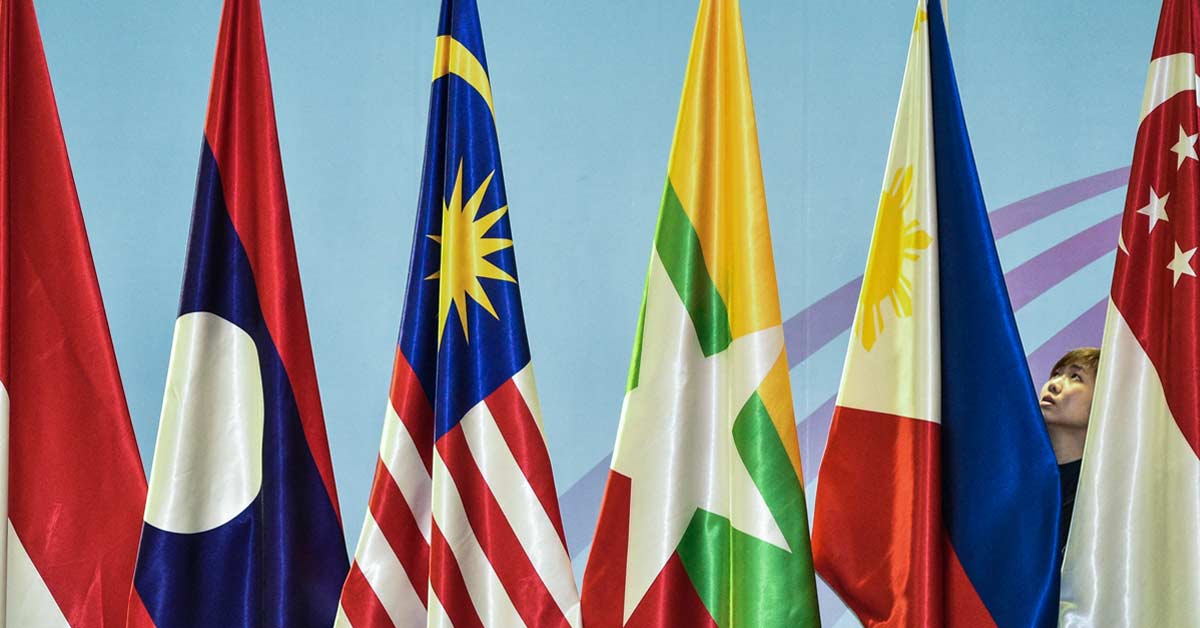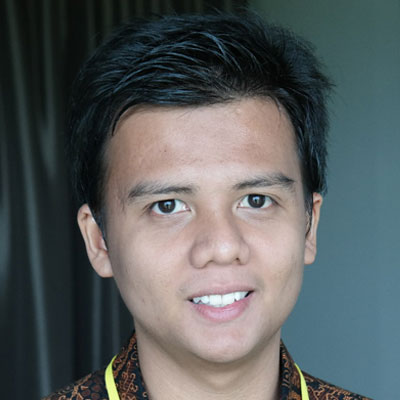The Indo-Pacific, which has multiple meanings from a country’s international strategic outlook to a wide area stretched from Indian to the Pacific Ocean, still retains its popularity among foreign policy practitioners and analysts to this date.
Countries, such as the United States, France, Germany, the Netherlands, and the United Kingdom, as well as a regional institution like European Union (EU), have declared the Indo-Pacific as one of their primary priorities in foreign policy. This region is also frequently interpreted as the theatre of US-China great power competition. Despite being dominated by global powers, ASEAN - a bloc consisting of small and middle power countries - should play a role in the Indo-Pacific considering its central geographic position.
The ASEAN Outlook on Indo-Pacific (AOIP) declaration in 2019 is a good starting point for the regional grouping to manage dynamics in the region and turn it into established international cooperation. Nevertheless, the COVID-19 outbreak has hampered the development of AOIP which left the document unclear on its implementation. The organisation is also facing a hard time dealing with internal problems such as Myanmar’s ongoing political turbulence as the coup d’état occurred in February last year. The crisis has spent most of ASEAN’s energy as the bloc receives constant pressure from the international community to take concrete action in resolving the problem. This situation contributes to the lack of ASEAN’s role in the Indo-Pacific in 2021.
Welcoming a new year with Cambodia holding the chairmanship, in my view, there are at least three major concerns for ASEAN if it aims to re-direct its focus on the Indo-Pacific.
First, the Southeast Asian bloc should be ready with more actors joining the Indo-Pacific club, possibly challenging “ASEAN centrality”, a term referring to the group’s ambition to play a central role in the region and beyond. In the last few years, countries outside the region have started to engage with the Indo-Pacific and developed the term into their strategic outlook. Most of their plans support ASEAN to take a significant role in the Indo-Pacific. For example, recent EU’s Strategy for Cooperation in the Indo-Pacific document specifies that the European bloc endorses ASEAN centrality and ASEAN-led process.
Even with all these supports, maintaining centrality is a challenging task. ASEAN is known as a group of countries that emphasizes norms to manage its internal and external relations. To lead and establish deeper cooperation under the Indo-Pacific realm, ASEAN should begin by expanding its norms and principles based on the Treaty of Amity and Cooperation (TAC) to relevant actors.
Spreading those values, however, will not be easy when more countries engage in the Indo-Pacific accompanied by their diverse interests. This is also being exacerbated by the US-China rivalry that tends to split countries into two different sides.
Second, ASEAN should pay close attention to intensified competition among actors in the Indo-Pacific. Last year, the Quadrilateral Security Dialogue (Quad) resurrection and the AUKUS establishment significantly altered the pattern of interaction within this region. Both initiatives are seen as the US’ attempts to counter China’s growing assertiveness toward neighbouring countries.
Despite being a neutral party in this feud, ASEAN needs to take action when these two great powers growing competition threatens Southeast Asia’s security. The regional organisation should not only be a spectator of the potential arms race created in the Indo-Pacific.
Responding to the regional dynamics can help ASEAN maintain its relevance and act as a key player in its own region. An official statement or declaration from ASEAN is needed as the initial step. Unfortunately, this opportunity was missing when the regional grouping stayed silent when AUKUS was announced. Regardless of nervousness that AUKUS could increase rivalries in Southeast Asia, ASEAN did nothing.
Third, the situation in the Indo-Pacific may also affect ASEAN’s unity. It is no secret that the member states have different preferences in engaging great powers. With increased Sino-American competition, ASEAN’s countries leaders need to watch for influence from these external parties that threatens regional harmony. Territorial issues can trigger more friction among the bloc members.
One of the hot spots in the Indo-Pacific, i.e a long-running conflict on the South China Sea, is expected to be more complex for the regional group. Negotiation of Code of Conduct (COC) with Beijing may not be aligned with the interests of Southeast Asian claimant states under Cambodia’s ASEAN chairmanship. Cambodia has committed to ensuring that there will be agreement on COC, however, it is unlikely for the country to stand up against China considering that Cambodia is its close ally and does not have a claim in the disputed area.
Apart from these three crucial points, it is imperative for the regional grouping to prepare for additional challenges, such as a new wave of COVID-19 variants and other geopolitical problems, which may hinder the group’s dedication toward the Indo-Pacific this year. To play a bigger role in this region, ASEAN needs to revisit the AOIP and have a collective voice in realising the document.
The views expressed in this article are the author’s own and do not necessarily reflect those of The ASEAN Post.

